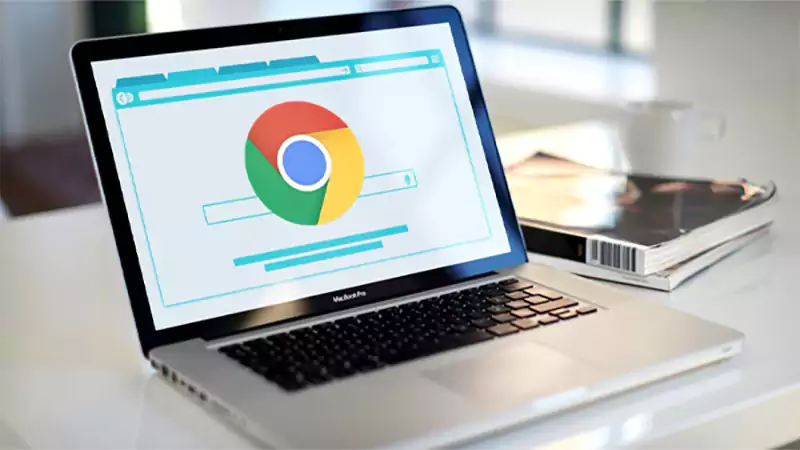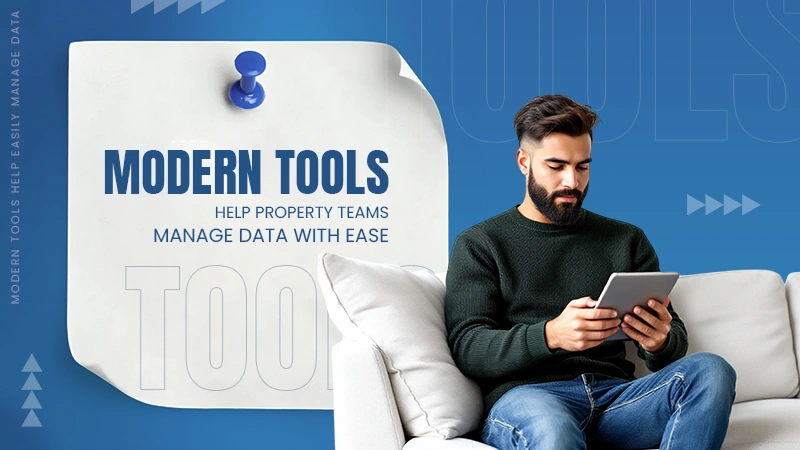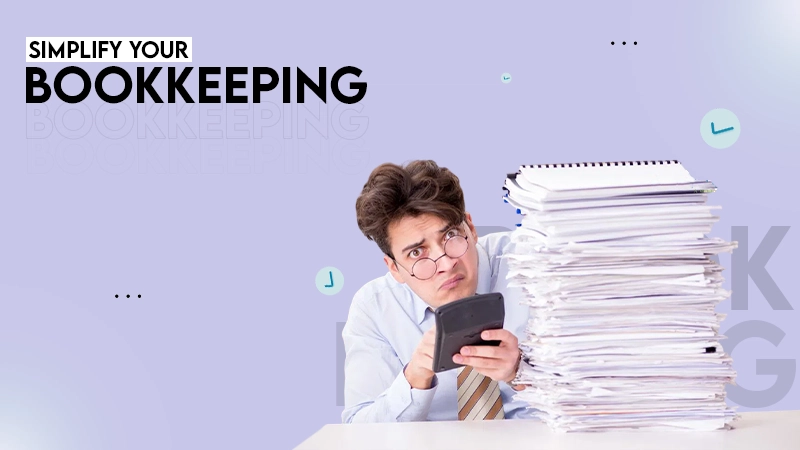The biggest worries are about fairness and keeping student data private. This means schools must follow strict rules, like the FERPA law, to make sure student information stays safe.
BYOD in Schools: How Data Is Powering Personalized Learning
Do you remember those days when one worn-out textbook had to serve an entire classroom? Of course, that never quite worked out.
Now comes BYOD—Bring Your Own Device. Schools started it to save money on tech has quietly become a huge force driving change in education. And when we use information wisely, it’s the key to making learning truly personal for each student.
At first, BYOD was all about logistics—a smart way to get tech into kids’ hands without breaking the bank. But here’s the thing: when students use digital tools, they create a trail of data.
The device is like a car, but the data is the GPS. It helps teachers chart a custom route for every student, guiding them through their unique learning path with amazing accuracy.
Let’s learn more about it!
KEY TAKEAWAYS
- BYOD programs have come a long way from just being a budget-friendly way to give out gadgets.
- When students use digital platforms, they create a detailed trail of information.
- Real-time data gives teachers the ability to go beyond guesswork.
- For data-driven approaches in BYOD programs to truly work, schools need to make sure every student has an equal chance.

From a Logistical Policy to a Pedagogical Powerhouse
Initially, BYOD was seen through a logistical lens. Getting technology into students’ hands was a smart financial move, sparing school districts the hefty price tag. However, teachers didn’t just see the devices themselves.
They realised that these devices were more than just portable typewriters or internet portals; they were windows into each student’s learning process.
When students use digital platforms for their work, they leave a trail of data. This isn’t that scary “big brother” data collection we usually worry about. Instead, it’s a rich, detailed map of their academic journey. It can show us:
- Pacing and Stamina: How long does a student take to complete a set of math problems? Are they breezing through the first five parts and then hitting a wall, suggesting they might be struggling with a concept?
- Engagement and Struggle: On which part of a digital history article did a student highlight text or leave a note? Which video in the science series did they watch over and over—three times in a row?
- Mastery and Gaps: How did they perform on a low-stakes quiz? Did they miss question #7 because of a simple math slip-up, or because they didn’t really grasp the formula being used?
This shift transforms BYOD from a simple policy into a dynamic pedagogical tool. The device is the vehicle, but the data is the GPS, helping teachers navigate each student’s unique learning path.
The Data-Driven Classroom in Action
So, what does this actually look like on a Tuesday morning in Mrs Anderson’s 7th-grade class? It’s less like a quiet classroom full of kids just staring at screens, and more like a lively, adaptable workshop.
Imagine a lesson on persuasive writing. Students are logged into a cloud-based writing platform. As they draft their essays, the software analyzes their work in real-time, providing insights like:
- Vocabulary complexity and variety.
- Sentence structure and length.
- Use of transition words and evidence.
Mrs. Anderson, meanwhile, has a dashboard on her own device. At a glance, she can see that:
- Alex is consistently using a limited vocabulary; the software flags it as ‘below grade-level.’ She knows to send him a digital resource with a word bank of powerful, persuasive language.
- Bianca has a really solid argument, but her sentences are all super long and complex, which might make them hard to follow. A quick chat with Bianca about sentence variety is all it takes to refine her work.
- Chris hasn’t progressed past the introduction. The data shows he’s been stuck on that same paragraph for a solid 15 minutes. Mrs Anderson can now physically walk over and offer one-on-one support, asking the right questions to unlock his writer’s block.
This is personalized learning. It’s responsive, specific, and timely, and it creates a powerful atmosphere in a BYOD classroom where everyone feels encouraged. Data doesn’t replace teachers; it actually gives them more power. It frees them from having to guess what students need and lets them step in exactly when and where they can help most.
A Tale of Two Students: A Comparative View
Let’s make this clearer with an example. Imagine two students learning about fractions, using their own devices (BYOD) and benefiting from a data-driven approach.
| Student profile | Traditional model | BYOD and data model |
| Maya: Quick to grasp concepts | Maya finishes the worksheet early and reads a book while waiting for the rest of the class. Her learning stops while she waits. | The adaptive learning app detects her quick mastery. It automatically suggests enrichment activities for her, such as figuring out fractions in a coding puzzle or applying them to a real-world budget. |
| Leo: Needs more practice | Leo struggles with the in-class lesson and the single homework assignment. He falls behind, developing gaps that will hinder future learning. | The platform identifies his specific struggle with converting improper fractions. It automatically gives him a carefully selected set of practice problems and a video lesson from another teacher, which gives him the extra practice he needs. |

Navigating the Challenges with Care
Of course, this data-driven approach isn’t without its challenges. Making sure everyone has an equal chance is a top priority; a bring-your-own-device program needs a strong support system for students who don’t have their own technology. Schools often need a loaner program to ensure no child is left behind.
Furthermore, data privacy and security are paramount. Schools have a serious duty to use platforms that follow rules like FERPA and COPPA, and to be open about how they work. With parents about what data is collected and how it is used to help their child, not to label them.
The goal is not to create a spreadsheet of children, but to paint a more complete portrait of each young learner. BYOD provides the canvas, and the data provides the colors.
If we use this power in an ethical and smart way, we can move away from the old, factory-style approach to education. A future where every student feels seen, understood, and challenged at their own unique level.
It’s the end of the one-size-fits-all classroom and the beginning of an education that truly fits.
Frequently Asked Questions
What worries people most about using student data in BYOD programs?
How does tailoring educational content to individual students work?
Personalizing learning adjusts lessons, difficulty levels, and speed instantly based on how each student is doing and how they engage with the material.
Does using data reduce what teachers do?
Not at all. Data helps teachers. It gives them more time to focus on important things like giving personal help, offering emotional support, and creating special learning plans for each student.
What is a simple computer-based learning?
Simple computer-based learning is often static content delivered on a screen.
You don’t know how much you rely on your laptop until it acts up. The cursor stops moving. The fan…
Imagine this: You are juggling ten things—one tab for work, one for shopping, and one for that article you wanted…
The majority of engineering teams work at a much slower pace than they could because of systematic friction in their…
The dramatic evolution of eCommerce in the last decade has reshaped consumer expectations regarding speed, convenience, and sustainability. As a…
Payroll mistakes can lead to fines, delayed payments, and payroll disputes. These payroll issues can create pressure for high-risk businesses…
Property management teams can benefit from data in a number of ways. Everyone understands that it’s critical to make wise…
Fantastic things don’t just happen. They occur when teams transform hazy inputs into clear and actionable decisions for everyone, replacing…
There are lots of tasks that are generally very amusing and thrilling; however, bookkeeping is definitely not one of them.…
In the fleetly evolving geography of digital education, using slice- edge software development services are essential for creating poignant literacy…




